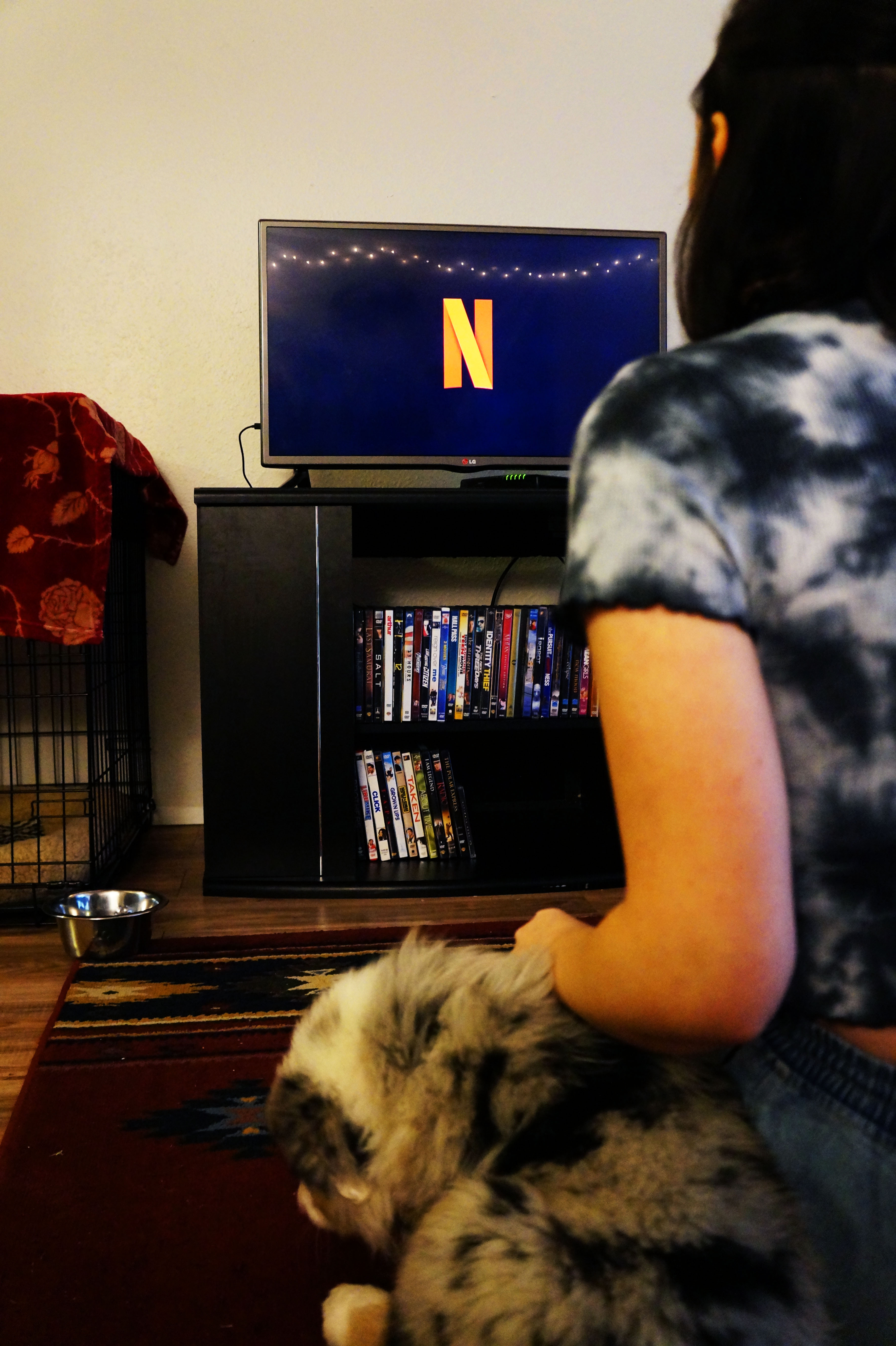Northwest Housing Alternatives hosts big reveal of Monmouth project
Sydney Carpenter | News Editor
During Spring Break, Northwest Housing Alternatives ⏤ a not-for-profit developer of affordable housing in Oregon ⏤ completed the renovations on College Manor apartment complex.
Starting back in Aug. of 2020, the organization began revamping the interior design, mainly with the replacement of existing, domestic and wastewater systems and updating the bathrooms. External renovations included siding and window replacements on North and South elevations, exterior stairs and enclosure replacements, adding accessible ramps and walkways, mow strips, sealcoat and restriping the parking lot.
“Affordable housing that is well cared for is an increasingly rare resource all across Oregon, especially in smaller/rural communities,” said Northwest Housing Alternatives housing developer Clayton Crowhurst. “Ensuring that this property continues to be … affordable for many years to come and isn’t sold to a market rate developer that will raise rents and let housing vouchers expire is critical.”
Over the course of the build, the update encountered setbacks, including a four-week delay due to COVID-19 and the Sept. Oregon wildfires, replacing moldy refrigerators and collecting funding.
“The most challenging part of any project like this is obtaining the funding to do it and then getting the many different funders and attorneys involved to all sign off on the project,” said Crowhurst. “The closing process occurred right at the start of COVID and came in right under the wire as several other projects had major funders pull out at the last minute due to fear about what the economy was going to do.”
However, the project was able to be fully funded by the Low-Income Housing Tax Credit, Housing Partnership Fund and a perm loan with Oregon Affordable Housing Tax Credit. During COVID and the wildfires, Crowhurst stated the cost of materials rose significantly, causing a challenge to remain within budget. According to Crowhurst, the construction team of 80 to 100 people remained within budget, totaling $4,553,747 for labor and cost of materials.
In addition to the construction, Northwest Housing Alternatives implemented a mural ⏤ painted by Portland artist Heidi Schultz ⏤ to showcase during their small presentation to the public.
“The two of us just kicked back and forth a few different design ideas,” said Crowhurst, “and we really settled on the oak tree … It encompasses the themes of growing but also being sturdy and providing shelter during changing times. It captured a bunch of those things that embody our organization.”
Crowhurst explained that the organization is not out to make a quick dollar, and genuinely cares for its people. Being able to provide 3,000 Oregonians with a place to call home every single night ⏤ because housing is a human right and no one should have to choose between food, housing or healthcare ⏤ makes him proud to be affiliated with Northwest Housing Alternatives.
Although there were renovations done to College Manor, current rents will not be increased. For more information about the organization, visit their website at https://nwhousing.org/#.

Contact the author at scarpenter18@mail.wou.edu




